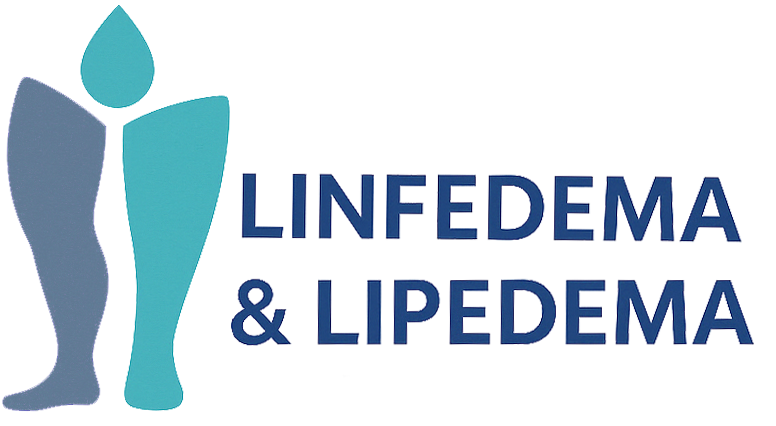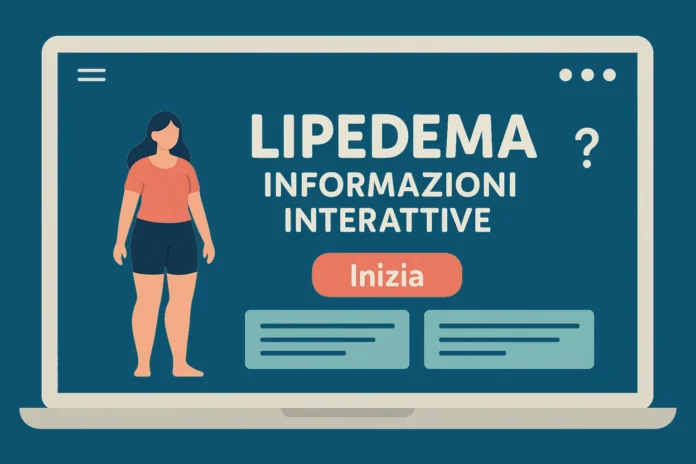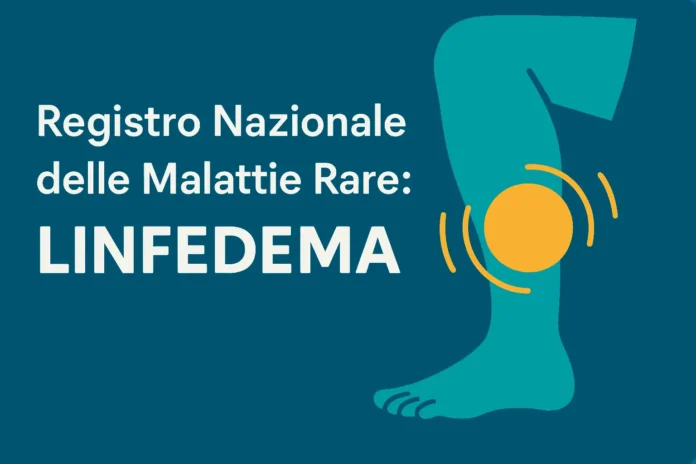Authors & affiliations:
Laura González-Fernández, Carlos Romero-Morales, Beatriz Martínez-Pascual — Universidad Europea de Madrid · Ángela Río-González — Universidad Europea de Madrid & Spanish Association of Lymphedema/Lipedema (AEL) · Ester Cerezo-Téllez — Universidad de Alcalá, Spain · Inmaculada López-Martín — IIS-FJD / Universidad Autónoma de Madrid
Twenty-two women (mean age 55) with breast-cancer-related lymphedema underwent in-depth phenomenological interviews. Analysis generated three core themes: (1) “The arm as stigma” – swelling makes cancer history publicly visible, triggering social shame; (2) “New body territory” – self-bandaging, compression garments and functional limits carve a daily geography that reshapes spaces, relationships and identity; (3) “Re-appropriation process” – through physiotherapy, graded exercise and peer support some patients recast the swollen arm from symbol of loss into a tool of resilience.
The creative advance is a clinical-existential matrix marrying physical domains (pain, volume, function) with symbolic ones (self-perception, social recognition) to steer multiprofessional care: decongestive therapy, body-image counselling, mindful-movement training and aesthetically designed compression wear. The authors urge adding “corporeality” as a sensitive outcome in post-oncology lymphedema trials, pairing quantitative metrics with qualitative insights to craft care pathways that see the person beyond the swollen limb.
Tags: Breast cancer; Distorted body image; Lymphoedema; Phenomenology; Qualitative research; Physical therapy




